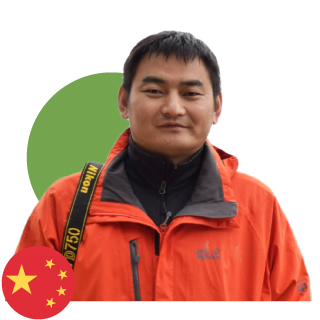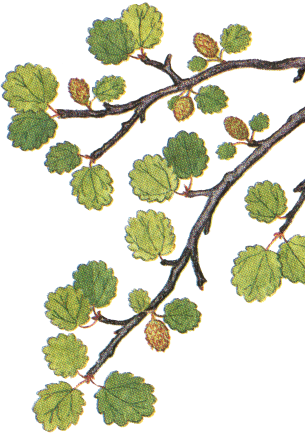
Yaowu Xing, Ph.D.
Institution and Research Interests
Professor, Principal Investigator of Biogeography and Ecology Group at Xishuangbanna Tropical Botanical Garden, Chinese Academy of Sciences.
He received his Ph.D. in Kunming Institute of Botany, CAS in Jan. 2010 and has worked at University of Zurich and the Field Museum in Chicago as postdocs between Dec 2010 and May 2016. His main research interest is Cenozoic diversification and biogeographic histories of flowering plants in the Northern Hemisphere. Recently, his group is focusing on the evolution of the Hengduan Mt and Himalayan flora especially the alpine biome. He has published over 60 peer-reviewed papers including Science, PNAS, Systematic Biology, Evolution, and Global Ecology and Biogeography etc.
Email: ywxing@xtbg.ac.cn

Abstract
The Origin and Assembly of the World Richest Temperate Alpine Flora
Yaowu Xing
Biogeography and Ecology Group at Xishuangbanna Tropical Botanical Garden, Chinese Academy of Sciences, China
Chinese/Neotropical Botanical Diversity, An International Virtual Symposium
China/Ecuador
Wednesday August 17th, 2022
08:45-09:30 (Quito, Ecuador)
21:45-22:30 (Guangzhou, China)
Extensive mountain-building during the Cenozoic helped to shape modern terrestrial landscapes and form biodiversity hotspots, including those featuring alpine ecosystems. Yet the biogeographic origins of alpine regions, and the evolutionary histories of the diverse plant species that inhabit them, remains relatively poorly understood. We examine the tempo and mode by which the alpine biome was assembled through time and across regions using the comparative phylogenetic analyses of 3584 species from 18 major clades in the Hengduan mountains (HDM) and adjoining highland ranges (Qinghai-Tibet Plateau and Himalaya), which harbors exceptional alpine plant diversity. We apply a new biogeographic model in which geographic range and biome occupancy jointly evolve with species birth (cladogenesis) and death, and use stochastic character mapping to estimate the dynamics of range and biome shifts and lineage diversification through time. Our results show that alpine lineages emerged in the Oligocene, and diversified first in the Hengduan Mountains.
By the early to middle Miocene, accelerated diversification and colonization of adjacent regions was likely driven jointly by mountain building and intensification of the Asian monsoon. The Hengduan flora has been the primary source of alpine plant diversity in the THH region for much longer than previously thought, and illustrates how geology and climate in the past have shaped modern biotas. We further compared the evolutionary histories of alpine diversity across the Alpine systems in the Northern Hemisphere, our results show that different mountain systems have distinct histories which corresponding to their orogenic and climatic histories.
© Chinese – Neotropical Botanical Diversity 2022. All Rights Reserved.

